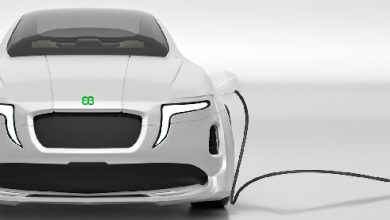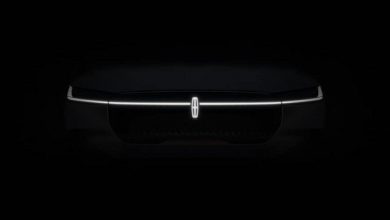Jaguar Land Rover Developing LESA Research Technology for Car Interiors
Jaguar Land Rover is developing the Lightweight Electronics in Simplified Architecture (LESA) research technology – used in flexible wearables and curved OLED TVs – for car interiors.
The research could allow dashboards to be replaced by curved screens and let drivers customise interiors thanks to colour-changing body panels. It has the potential to radically change cabins of the future and would offer customers greater ability to customise their cars to suit their needs.
With LESA technology, Jaguar Land Rover will be able to manufacture body panel displays to show information only when needed to help designers achieve streamlined and buttonless designs for future cars. Such designs may include, customisable interior ambient lighting systems, body controls, wraparound button-less dashboards and advanced fabric/leather heated steering wheels.
“Healthcare, aerospace, consumer technology and military industries are already harnessing the benefits of structural electronics and our research is leading the way in the automotive sector by bringing it into the cabin for the first time” said Ashutosh Tomar, Jaguar Land Rover Electrical Research Technical Manager. “We believe LESA represents the future of vehicle electronics and will enable us to design and manufacture innovative, flexible and customisable cabins for our customers while also reducing weight and cost during production helping us reach Destination Zero.”
The innovative printed electronics system will also reduce the weight of in-car electronics by up to 60% as wiring, sensors and computing is contained within all non-metal materials, removing the need for extra packaging space for control units. The lightweighting benefits are a step towards Jaguar Land Rover’s vision for Destination Zero; an ambition to make societies safer and healthier, and the environment cleaner delivered through relentless innovation. By removing weight from the vehicle, future Jaguar and Land Rover models will benefit from increased electric range or improved fuel efficiency, helping to further the company’s goal of a zero emissions future.
Source: Tata Motors



